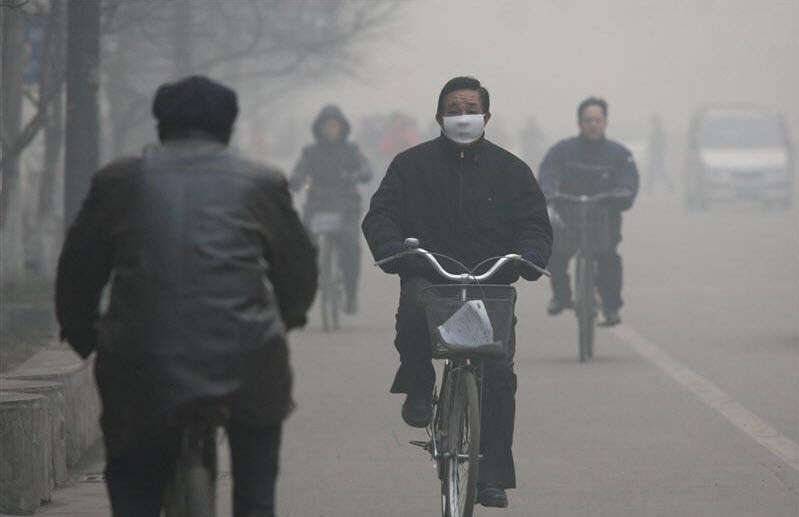Air Quality
Nuclear power delivers electricity that reliably powers communities and industries without pollution. Electricity is only as clean as its source. Nuclear makes electricity clean.
Effects of smog and acid rain
It is virtually impossible to burn fossil fuels (oil, gas and coal) without releasing pollutants into the air. Pollutants released from burning fossil fuels include:
- Nitrogen oxide contributes to ground-level ozone. This is one of the major causes of smog, which has a devastating effect on public health.
- Sulphur dioxide contributes to acid rain, which destroys forests and fish habitat, and contributes to the acidification of the oceans. Sulphur dioxide also affects human health as it makes asthma symptoms worse and can form particulate matter — small solids or liquid drops in the air that can damage lungs.
- Mercury is dangerous even in small quantities.
Clean nuclear energy
In contrast, nuclear power does not emit pollutants that harm human health and the environment. That’s because fission — the reaction that creates nuclear energy — creates an incredibly small amount of solid waste products that are contained and disposed of responsibly. In Canada, reactors are contained for their entire operating lives.
Nuclear power can work with other clean technologies like hydroelectricity, solar and wind power to provide reliable, clean, affordable power for people, while keeping the climate stable.
Toronto air quality
Smog advisories issued for Ontario
by the ministry since 2003
| Year | Advisories | Days |
|---|---|---|
| 2003 | 7 | 19 |
| 2004 | 8 | 20 |
| 2005 | 15 | 53 |
| 2006 | 6 | 17 |
| 2007 | 13 | 39 |
| 2008 | ||
| 2009 | ||
| 2010 | ||
| 2011 | ||
| 2012 | ||
| 2013 | ||
| 2014 | ||
| 2015* |
In 2004, Toronto’s health department estimated that 1,700 residents died prematurely, and 6,000 Torontonians were admitted to hospitals because of air pollution each year. According to the Ontario Medical Association, air pollution was costing the health-care system at least $150 million, and the economic damage totalled $2.4 billion.
In 2003, Ontario began to phase out coal-fired generation stations with the help of nuclear power, completing the switchover in 2014. During that time, air quality improved significantly, reducing respiratory illnesses and deaths. In Toronto, premature deaths attributed to air pollution dropped from 1,700 to 1,300 between 2004 and 2014, while hospitalizations fell from 6,000 to 3,550.

